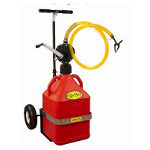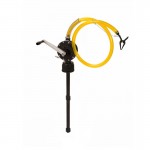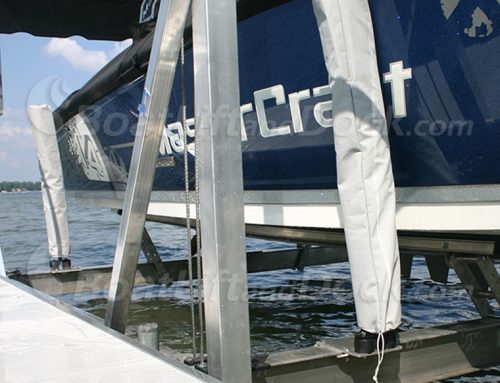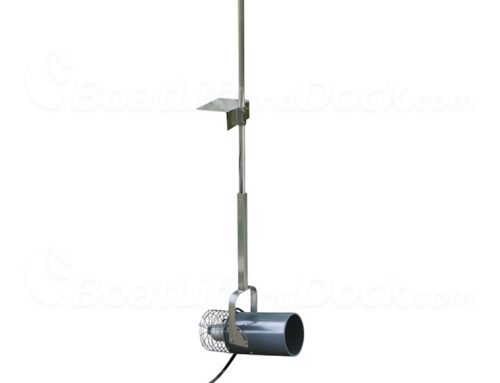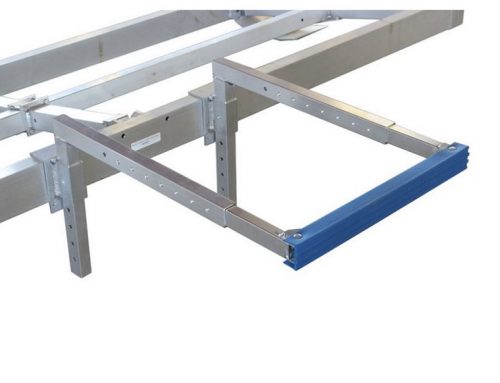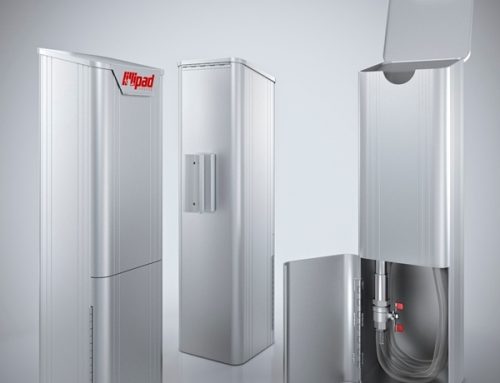I grew up and spent most of my time on or near the St. Lawrence River in Upstate NY, and every summer the seaway was bustling with boats, tankers, and jet skies. The area was and remains a thriving tourist destination with ample accommodations for boaters and general fun-seekers alike. These accommodations included restaurants that you could drive up to and dock your boat, as well as hotels with similar marinas, making life on the water a very convenient pastime. Many, if not all of the marinas also had some sort of fueling station, usually a pump similar to the ones you would find at the gas station. Yet, there were always those guys lugging around their own fuel cans and cursing as they spilled fuel all over their boat or themselves as they refueled their boat.
These days, refueling your boat on the water or at your dock doesn’t have to be a difficult or messy affair. There are several fueling systems and other accessories on the market that are designed to make this necessary step as easy as possible. However, if you were not aware of these improvements to the boating way of life then this article will bring you up to speed; we will:
- Tell you about the types of systems available
- Outline their designs
- Discuss the materials out of which they are constructed
Flo-Fast Complete fueling System:
- Comes in 15 gallon and dual 7.5 gallon options
- Can be used with other liquids such as oil, antifreeze, etc.
- Includes a bi-directional fuel transfer pump, portable cart, and fuel hose
- Is available with three fuel pump options, Select, Premium, and Professional
- Allows you the choice of multiple fuel cart and fuel jug designs
- Is available in several colors
Depending on which model you choose, you will have a 5gal/min. or 8gal/min. transfer capability in both directions. The Professional model includes a third vane, and additional heat and chemical resistance, allowing for the extra volume over the Select and Premium models.
This Fuel system from Flo-Fast is by far one of the best units on the market. Featuring single of dual Ryton jugs, made from synthetic fibers derived from Polypropylene sulfide or (PPS), an organic polymer that resists both chemicals and heat. The gaskets and seals are also made from chemical and heat resistant materials lending added durability and longevity to the components of this system.
The main differences between this system from Flo-Fast and other fueling systems on the market, center on the method of liquid transfer and the materials used in construction. The Flo-Fast, with its fuel pump accessories enables it to transfer fluids quickly in either direction, a feature missing in many other fuel systems. Most of the competitors of the Flo-Fast are gravity fed units, meaning that the “tap” where the fuel hose attaches is at the base of the unit, usually activated by a brass valve. The valves, gaskets and seals of these other units, meet the necessary environmental conditions for the transfer of fuel, however, the single jug and the gravity fed design of these units make them significantly less versatile.
Many of these other systems are constructed from Polypropylene, which tends toward a lower static charge than the polyethylene sulfide used in the Flo-Fast, however, it is less durable and more porous, making it less resistant to chemical and thermal damage over time.
The convenience brought to your life on the water by the addition of a portable fueling system is definitely worth the cost and you honestly can’t do better than the Flo-Fast portable unit. However, it is important that you fully understand the complexities of these various systems and we have tried to demonstrate some of them. Please join this ongoing conversation and offer your stories and experiences to the mix.
© 2013 BoatLiftandDock.com

